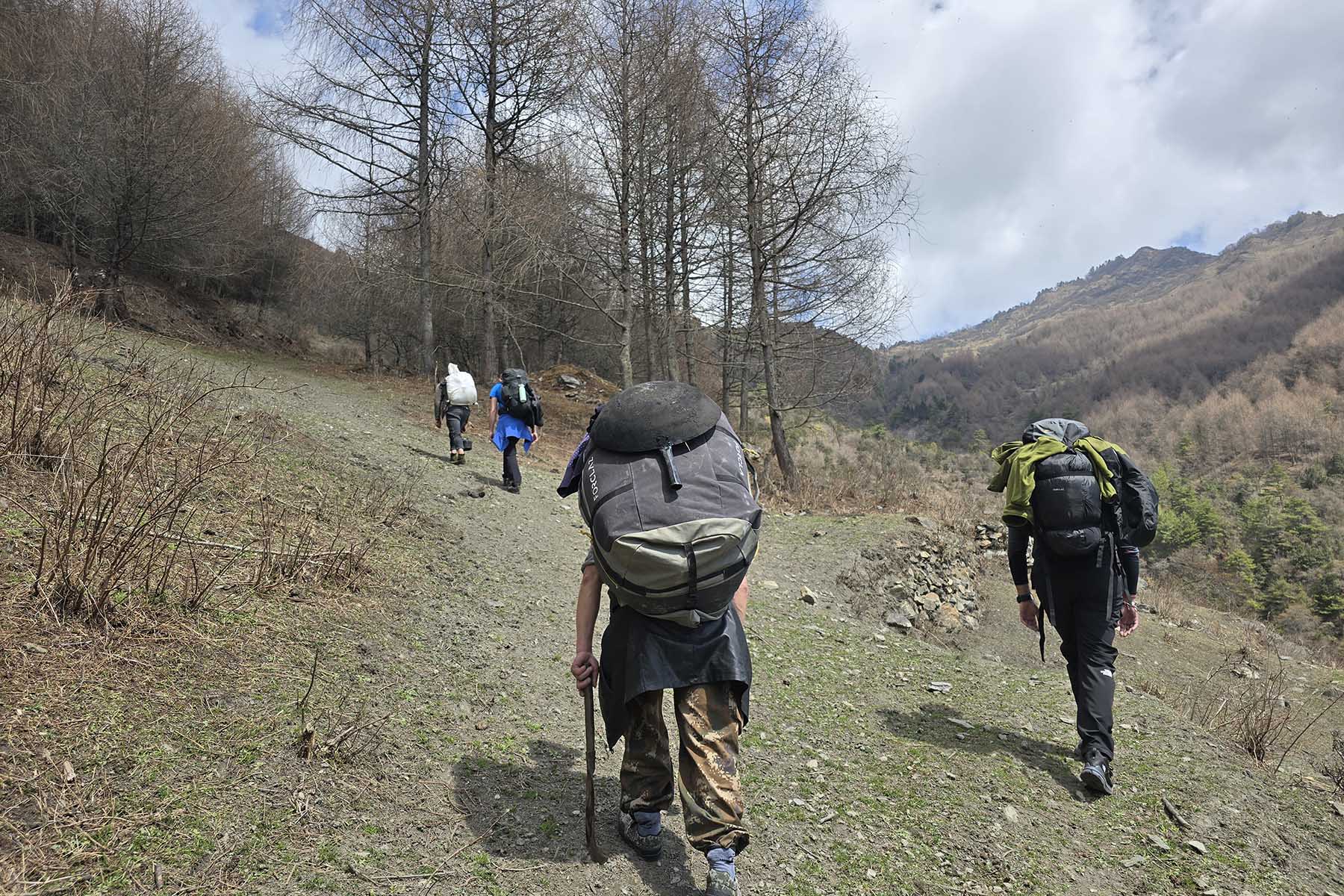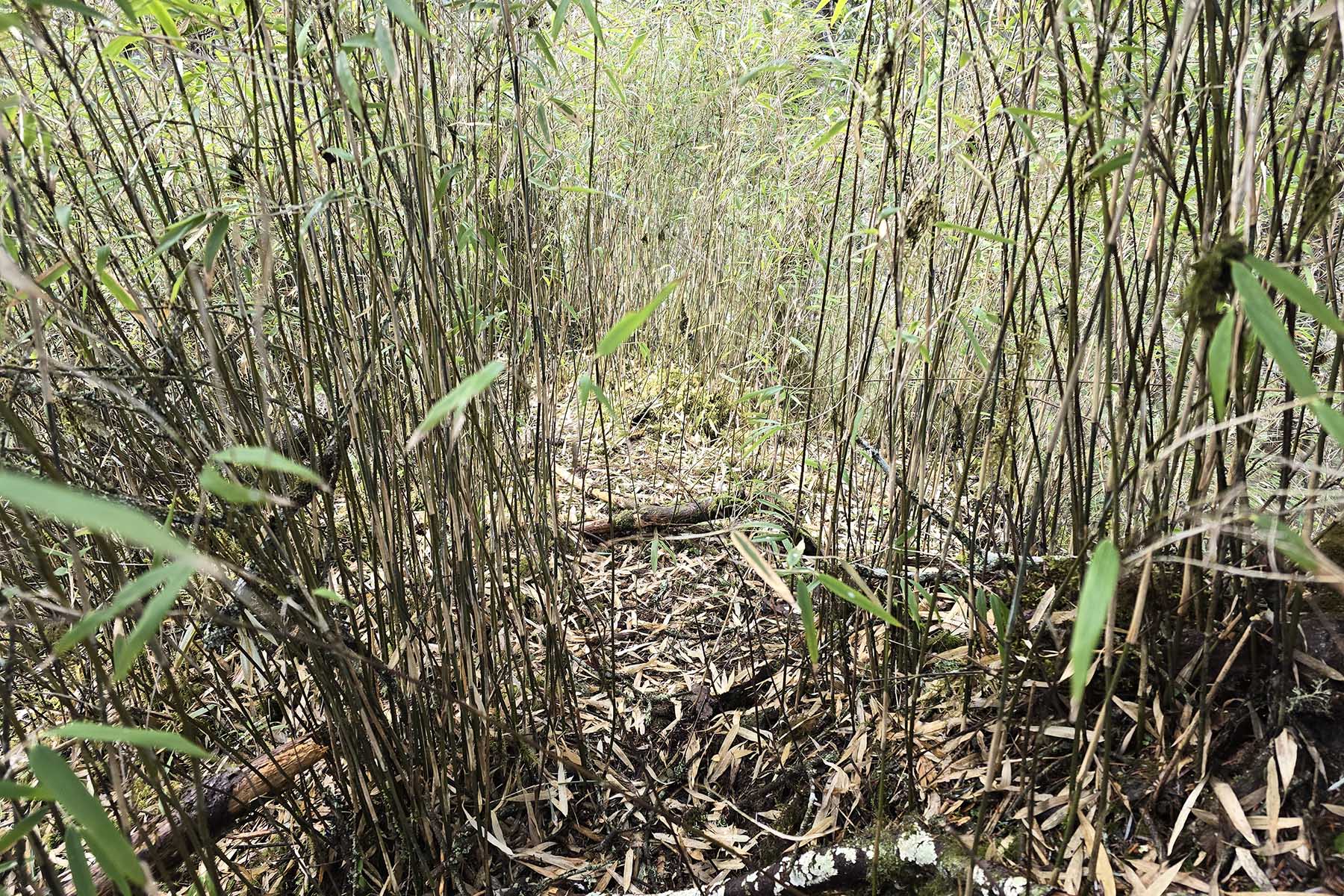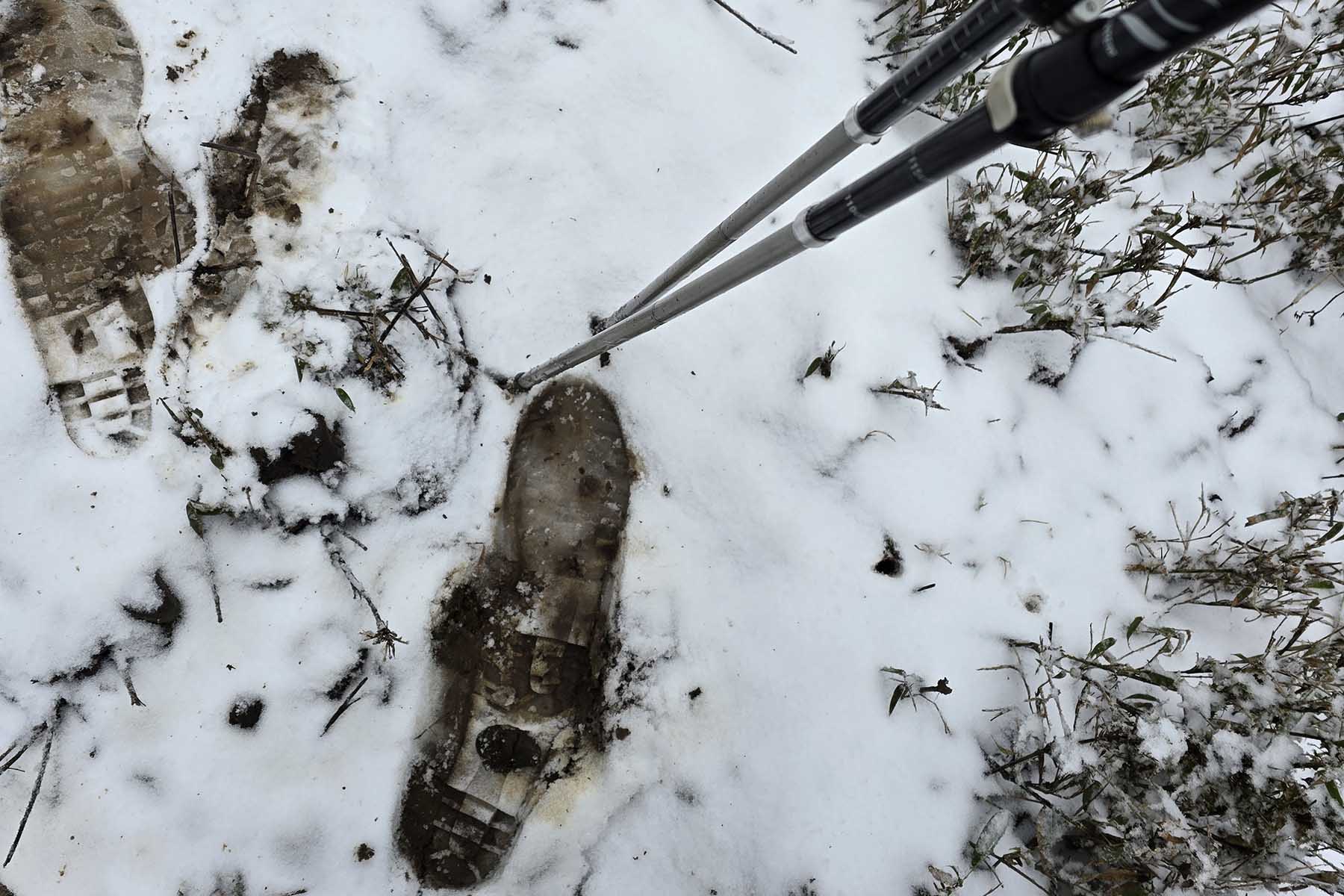Chengdu
Hometown of Pandas
Jiuzhaigou
Famous Fairyland
Emeishan
Sacred Buddhist Site
Leshan
Giant Buddha
Gonggashan
Best for Hiking
Daocheng Yading
Shangri La Views
Dujiangyan
Irrigation System
Siguniangshan
Eastern Alps
It is extremely hard to see a panda in the wild. The reasons inlcude the following. There is no established trips in the history for wild pandas before. The panda habitat is relatively far from humans/roads. The pandas are very shy animals in wild. The pandas are not used to humans/domestic animals in the wild. The pandas live in bamboo forest that are largely not open place that themselves are not easily seen. The terrain is hard to access by foot in general.
If you invest in 1-2 days time by the right location the chance to see a panda in the wild is around 5%. If you invest in 1 week's time in the right location the chance to see a panda in the wild is around 20-30%. If you invest in 2 week's time in the right location the chance to see a panda in the wild is around 60-70%.
In the history there are no people doing any "wild panda trips" in the mountains of Sichuan. Former trips were done in the purpose of hunting and it was until 1980s when scientific researches were conducted by few scientitsts that they did trips in the wild looking for pandas under the guidance of local farmers and former hunters. Therefore there is no such "tour" that is established to see pandas in the wild. There is no industry of this kind of trip.

Walking up
Pandas were hunted as late as 1980s by local people when the laws were published against hunting. From the local senior people's quote "Panda is not tasty" one can understand a lot. It is said it takes 3 generations for wild animals to forget about the memories of being hunted thus having the tendency of being friendly to humans. If this theory is correct then it will be from around the year of 2050 when we may see pandas seeing humans as friendly creatures other than threat. There is a small portion of pandas(probably 1 out of 20) existing in the panda population that we call "dumb pandas" that when they see people they may become curious and not running away immediately. Although pandas in the wild never eat any food from humans.

Panda Footprints
In the wild, pandas don't live in groups but rather in solitude. This makes seeing a panda in the wild even more difficult. They don't make big noises unless during their short mating season which is merely 2-3 days in general. Pandas have bad eyesight but good sense of smell. Their habitat is usuually miles from human settlements and villages. Normally they can smell humans, domestic animals before they are seen. Adult pandas basically don't have any predator in the wild and adult pandas seldomly climb trees. It is only during teenage age (when pandas are 1-3 years old) that pandas practive climbing trees. The only time you'll see two pandas together is either during short mating season or when a mother is taking care of her baby.
Another reason why pandas are difficult to be seen in the wild is their dining habbit. Pandas keep a predominantly(99%) herbivorous diet which means most of the time pandas don't need to make fast movement or need to follow any other animals but rather just sit quietly in bamboo bushes and dine for hours without moving. You have the chance to hear pandas making noises during maring season but you may still not see them. All places where pandas live are in the bamboo bushes/forest in the mountains and they always move to where the bamboos grow the best. The most favoured bamboo by pandas is called the arrow bamboo that grows from 1 meter to 4-5 meters high(so sometimes it's bush sometimes it's forest depending on different terrain and altitude). Big sprice trees often grow in the panda habitat. Walking in the bamboo bushes/forest is extremely hard for human. Seeing any wild animal in a bamboo bush/forest is very hard because you won't have clear sight in a forest that have two layers: one is the big trees including the spruce, the other is the bamboo.

Bamboo Forest
Looking at the panda habitat map you'll find out most panda places are located in the dense forest that are very humid and lush, with higher altitude and steep terrain. The Arrow Bamboos grow only by the elevation of between 2200m and 3400m of which the most and best bamboos are grow by the elevation between 2600m and 3000m where it's high enough to get ride of human villages and farming and low enough to allow bamboos grow well. Therefore for any one who wishes to go to panda habitat to look for pandas in the wild one has to walk up from the village (often at around 2000m to 2200m) to near the panda habitat by nearly 3000m on usually steep terrain.

At around 2900m
If you are ever on a wild panda searching/photo trip, please have expectations of encountering difficulties and do not complain of the hard walk, hard conditions, hard searchings, because it was us humans who cornered the pandas into such "difficult" places.
1, In 2013 and 2014, a research team of around 120 people conducted by the China Giant Panda Preservation Organization, spend total 1 and half year time in the mountains at multiple locations and saw pandas by merely 4 times.
2, Sichuan Travel Guide has done 5 short trips (2-3 days) into the panda habitat near Chognzhou and Dayi since 2016 and had zero luck.
3, In 2024 March a team of Photography lead by Sichuan Travel Guide saw 2 pandas in short window in a 10-day trip in Wolong.
4, In 2024, a ranger in Wolong saw 3 pandas (including a teenage panda) in a day in the mountain near Wolong.

Route: Chengdu - Wolong - Chengdu

Route: Chengdu - Wolong - Chengdu

Route: Chengdu - Wolong - Chengdu